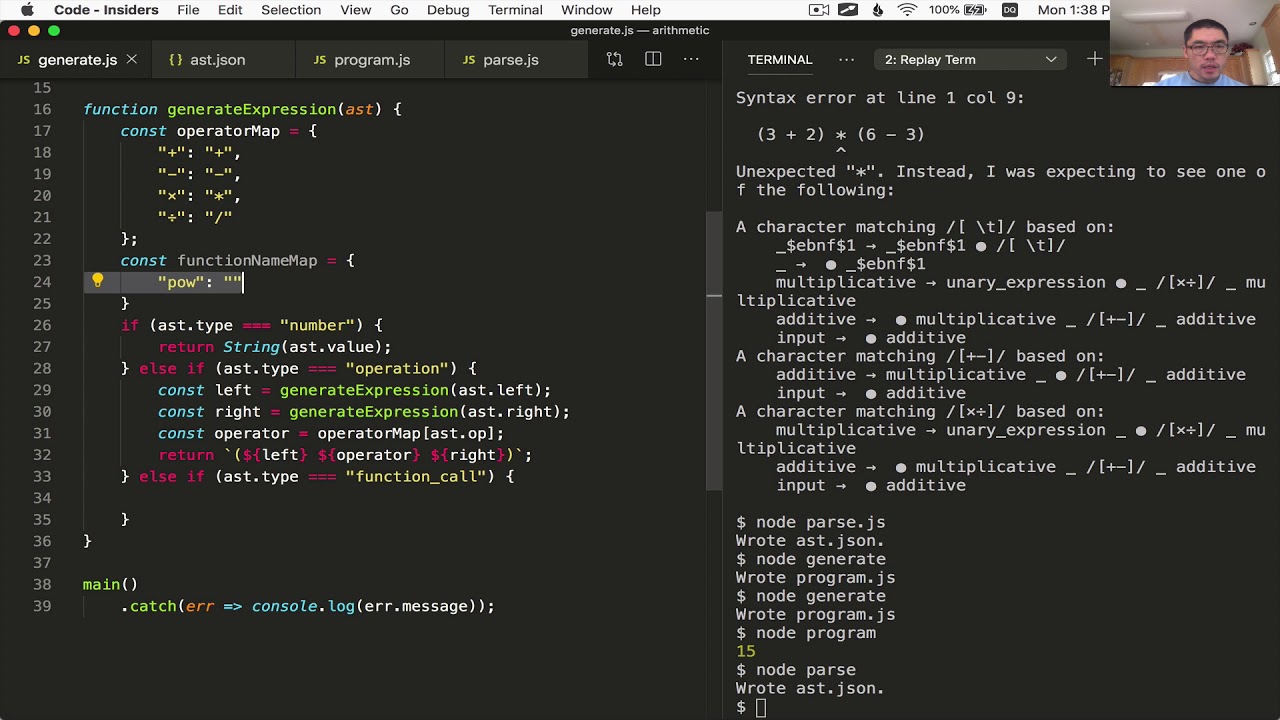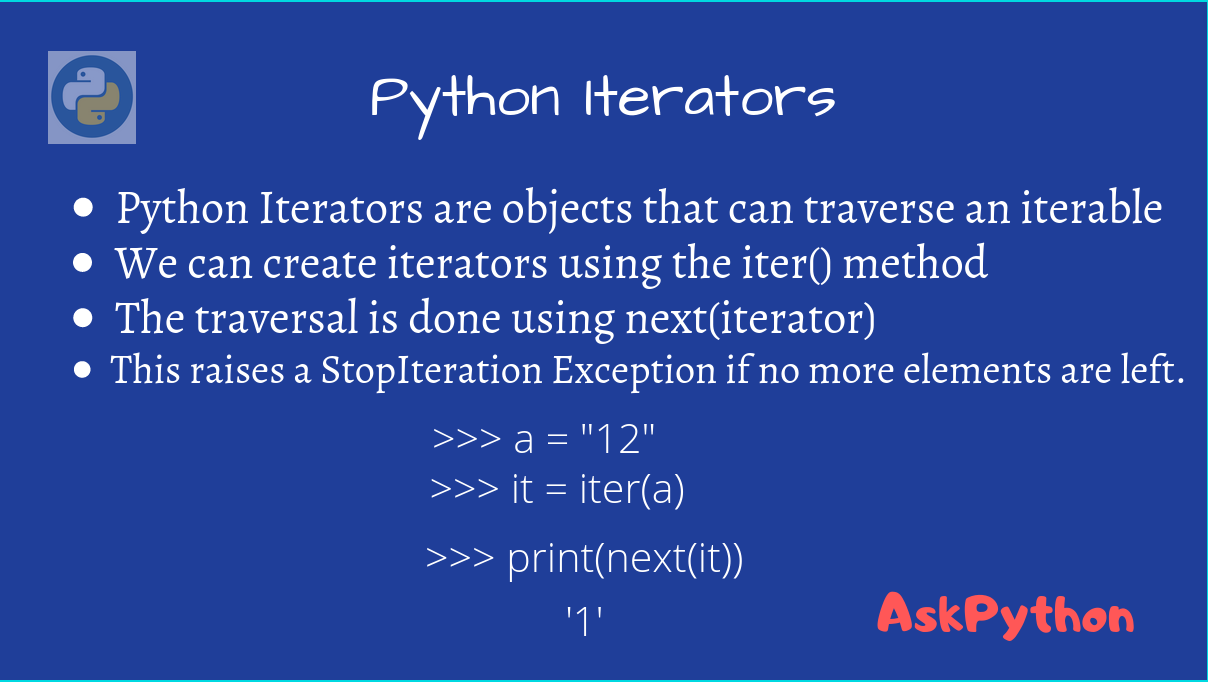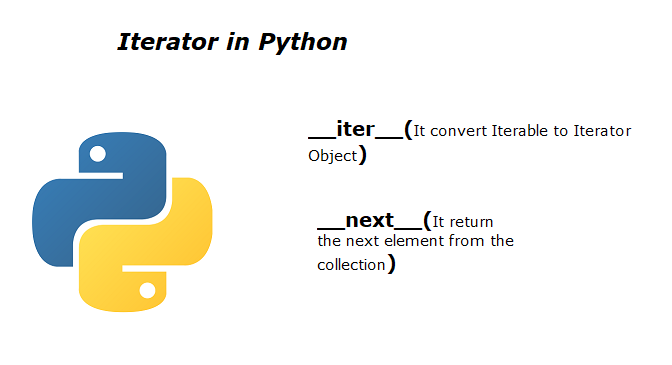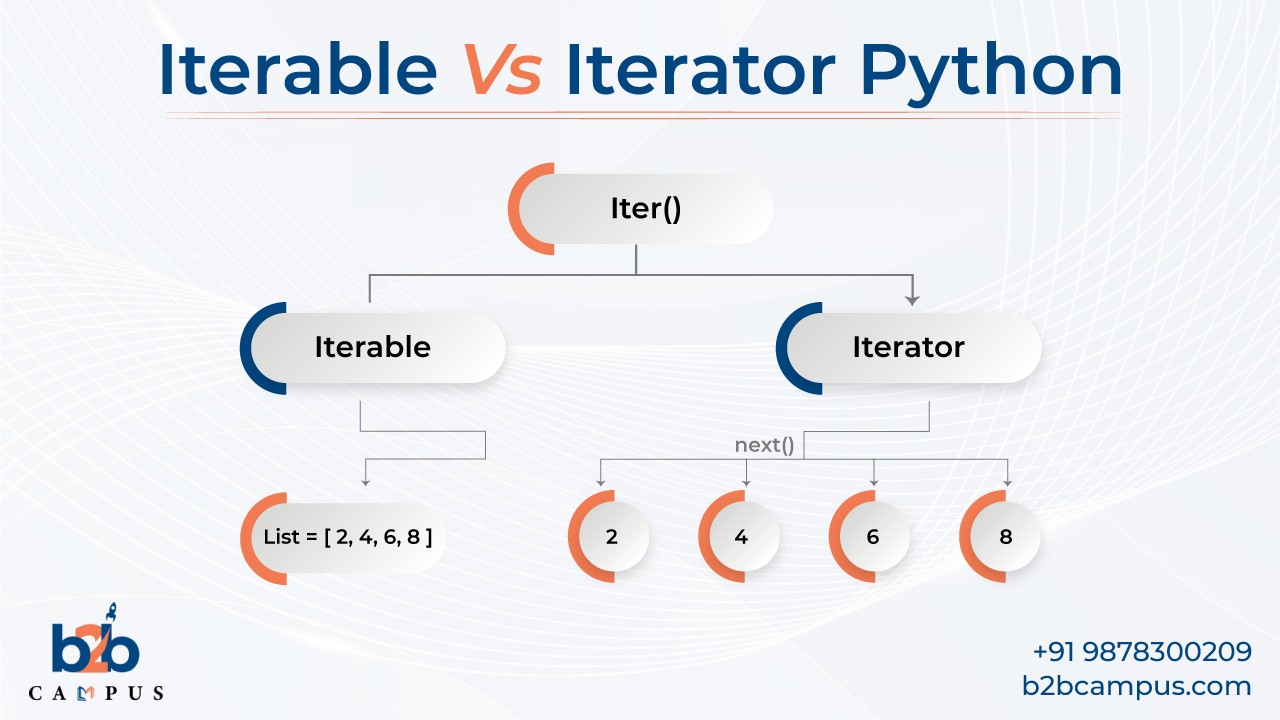How to create a code generator in Python?
How to create a code generator in Python?

To create a code generator in Python, you can use a combination of string manipulation and template engines like Jinja2 or Mako. Here's an example of how to do it:
Let's say we want to generate a simple HTML page with a table containing some data. We'll create a function that takes the data as input and returns the generated HTML code.
First, install the jinja2 library by running the command pip install jinja2 in your terminal.
Then, create a Python file, e.g., code_generator.py, with the following content:
from jinja2 import Template
def generate_code(data):
template = Template('''
{% for row in data %}
{% for cell in row %}
{{ cell }}
{% endfor %}
{% endfor %}
''')
return template.render(data=data)
Test the function
data = [['Name', 'Age'], ['Alice', 25], ['Bob', 30], ['Charlie', 35]]
generated_code = generate_code(data)
print(generated_code)
In this example, we define a generate_code function that takes some data as input. The data is assumed to be a list of lists, where each inner list represents a row in the table.
The template string uses Jinja2's syntax to create an HTML page with a table. The for loops iterate over the rows and cells in the data, and the {{ cell }} placeholders are replaced with the actual values from the data.
When you run this code with some sample data, it should print out the generated HTML code.
This is just a simple example, but you can use similar techniques to generate more complex code in Python. For instance, you could create a generator for Python classes or functions, or even a parser for natural language text.
In addition to Jinja2, there are other template engines available for Python, such as Mako and Chameleon. You can explore these options if you need more advanced features or better performance.
Overall, creating a code generator in Python involves using string manipulation techniques and template engines like Jinja2. By combining these concepts, you can generate custom code with ease!
Iterator in Python

I apologize for the misunderstanding earlier!
Now, let's dive into discussing iterators in Python. An iterator is a type of object that allows you to traverse through all the values in a sequence (such as a list, tuple, or string) or other iterable objects.

In Python, you can create an iterator using the iter() function or by defining a class that implements the __iter__() method. The iter() function takes an iterable object as input and returns an iterator object. Here's a simple example:
my_list = [1, 2, 3, 4, 5]
my_iterator = iter(my_list)
print(next(my_iterator)) # Output: 1
print(next(my_iterator)) # Output: 2
print(next(my_iterator)) # Output: 3
print(next(my_iterator)) # Output: 4
print(next(my_iterator)) # Output: 5
In the above example, we created an iterator for a list using the iter() function. We then used the next() function to retrieve each value from the iterator.

You can also define your own iterator class in Python:

class MyIterator:
def init(self):
self.current = 0
def iter(self):
return self
def next(self):
if self.current < 5: # adjust this to control the number of items
result = self.current
self.current += 1
return result
raise StopIteration
my_iterator = MyIterator()
print(next(my_iterator)) # Output: 0
print(next(my_iterator)) # Output: 1
print(next(my_iterator)) # Output: 2
print(next(my_iterator)) # Output: 3
print(next(my_iterator)) # Output: 4
In this example, we defined a MyIterator class that implements the iterator protocol. The __iter__() method returns the current object itself, which is common practice in Python. The __next__() method controls what happens when you call next() on an iterator.
The power of iterators lies in their ability to handle complex data structures and provide a simple way to traverse through them. For instance, if you had a large dataset that you wanted to process one item at a time, using an iterator would allow you to do so efficiently.
I hope this explanation has helped you understand iterators better! Do you have any specific questions or use cases in mind?





























